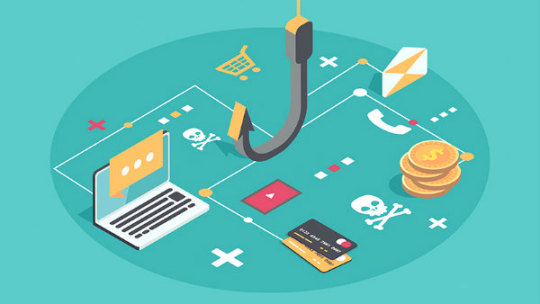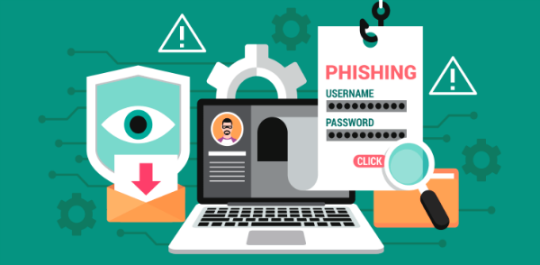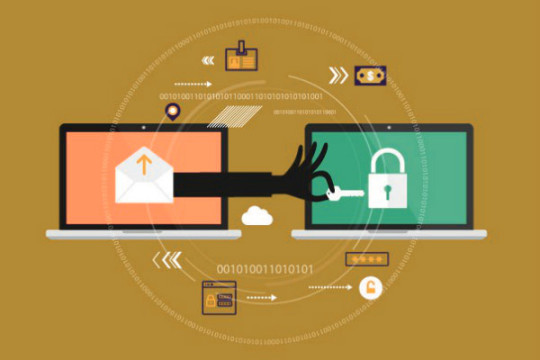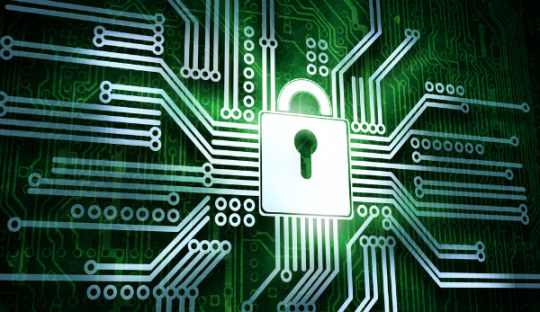Don't wanna be here? Send us removal request.
Text
What Do You Need to do after a Phishing Attack
Phishing is a type of social engineering attack often used to steal user data, including login credentials and credit card numbers. It occurs when an attacker, masquerading as a trusted entity, dupes a victim into opening an email, instant message, or text message.
Sometimes, you click these phishing emails or visit malicious websites which can compromise your personal and professional information. Here are some tips that will help you know what you need to do after a phishing attack.

Take A Deep Breath
Phishing schemes have become increasingly sophisticated, so don’t beat yourself up if you fall for one. Take a few deep breaths to calm down, clear your head, and plan your next steps. Remember that falling for a phishing scheme doesn’t necessarily mean that your identity will be stolen. Phishing schemes vary, so what you’ll do next depends on what kind of phisher targeted you.
If you downloaded a fraudulent attachment, turn off Wi-Fi and disconnect from the internet, stat. If you remove the phisher’s access to your computer quickly enough, you may be able to stop the phisher from installing malware or gaining remote access to your computer. And if you clicked on a link to a fraudulent website, try to remember exactly what information (username, password, address) you entered. Take screenshots of the phishing email or jot down details such as the sender’s email address, the content of the email, and the URL that you clicked...and more info over at - metalfloss.com.

Notify your supervisor if you have one
This is the difficult part, as many people are embarrassed about their mistake and worry they will get in trouble. Don’t be afraid: a company with a good phishing policy should not blame the employee. Additionally, every second you delay can potentially make the problem worse.
Change usernames and passwords
If the phishing email sent you to a phony site and asked you to enter your credentials, it probably captured that info. To be on the safe side, change all user/passwords for important sites like work email, bank accounts and social media...go to - resources.infosecinstitute.com.
Notify Credit Agencies
Contact one of the three major credit bureaus as soon as possible and let themknow your account was potentially compromised. Place a fraud alert on your account until the issue has been resolved.

Contact Credit Card Companies
Alert credit card companies and explain the situation. Your credit cards might not have been used yet, but if you feel unauthorized charges are in your future, it’s essential to freeze or cancel your cards. Let your bank know what happened so they can further protect your credit line.
Update Your Software
Update your software to the newest version and run a comprehensive virus scan if you think you’ve infected your system with a virus or other malware. Additionally, you should use encryption, ensure you have a firewall enabled, and regularly back up personal information on an external hard drive. Avoid using public Wi-Fi networks whenever possible, and if you must use a public connection, select the most secure option, such as a Virtual Private Network (VPN). Also, make certain to turn your computer off when not in use, as it’s inaccessible to hackers when powered down...to know more, visit - Norton.
Obtain a copy of the email with complete headers and any original attachments
Make sure that you get the email message with full headers showing routing info, etc. Take note of the originating IP address that the message; in most cases it will be from a compromised machine of some sort — either an end user’s desktop acting as a bot for the message or from a compromised or vulnerable server. These types of details will help with your investigation.

Search the web for threat intelligence
There are a lot of threat intel and lookup sites out there. Take any URLs, attachments, etc., to sandbox and lookup sites out there. Take domains, IPs, etc., to sites like IPVoid.com. Google the IP, hostnames, URLs, files, etc., of what you see.
Be careful, however, that you don’t actually go to malicious sites. If you paste an IP into your browser, it will change it to a URL and go to the IP. That’s embarrassing (and potentially dangerous). Instead, put the IP address in quotes to ensure that your browser and Google know you are just searching...visit - secureworld to know more.
A Phishing attack is the most common and one of the worst cyber attacks. To protect against it, you will need to get the help of good phishing protection tools that will keep your email safe against these threats. Click here to know more about phishing attacks and how to get rid of a phishing email.
1 note
·
View note